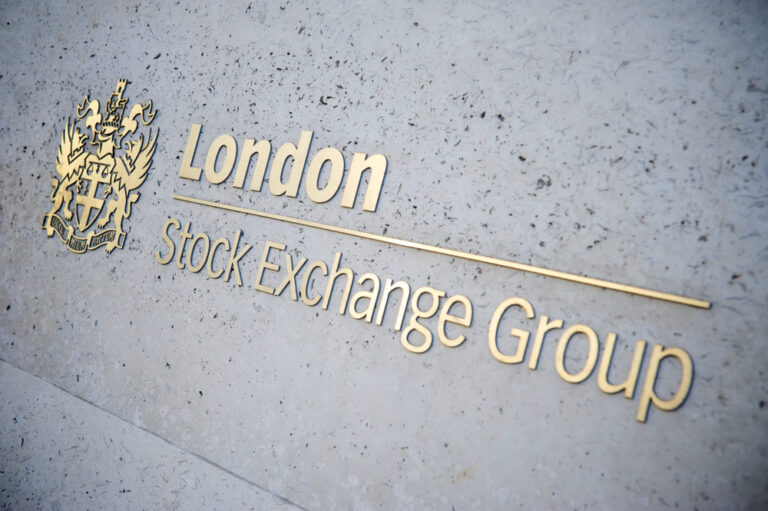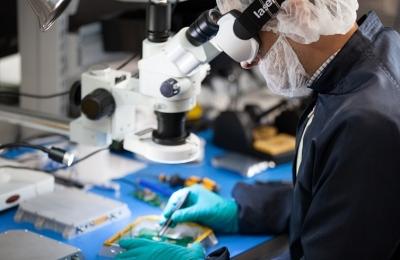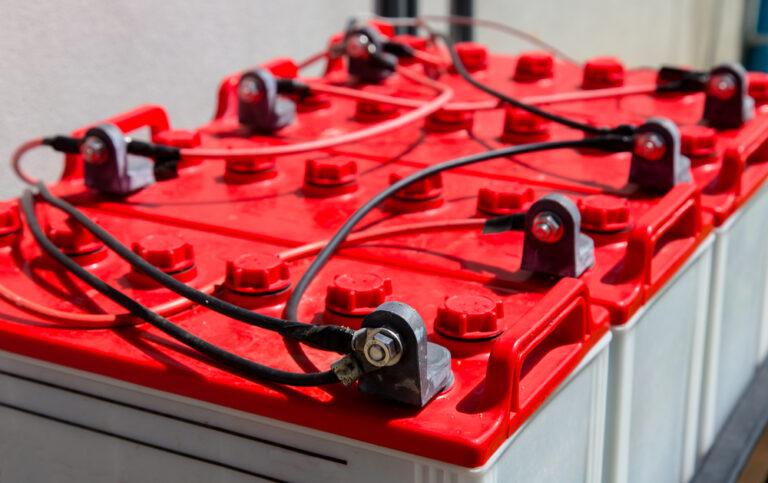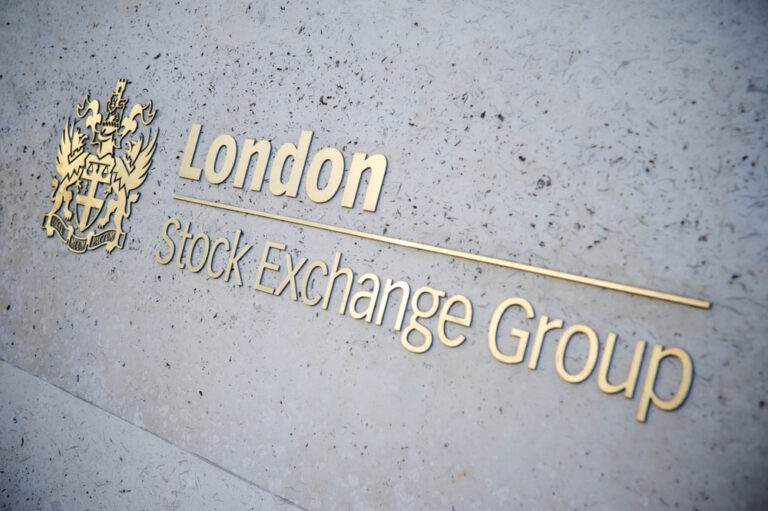Construction disputes and property services provider Diales (LON:DIAL), formerly Driver Group,has completed its rebranding and the benefits of cost cutting will show through in the current year. Even so, the AIM-quoted company’s results for the year to September 2024 were slightly better than expected.
Interim revenues edged up from £42.6m to £43m. A decline in European and North American revenues was offset by growth in the other markets. The Middle East returned to profit and the Asia Pacific loss was lower. Overall pre-tax profit improved from £1.1m to £1.2m. The total dividend is maintained at 1.5p/share, although it is still not covered by earnings.
The net cash of £4.3m (7.9p/share) enables Diales to add more fee earners, which might come from small acquisitions that may add to the range of services and sectors that can be addressed.
The North American operations have been closed and contracts are services from Europe, where ERP software has helped to improve efficiency. Utilisation levels in the region were steady and could rise this year. Two large customers went into administration and there are some potential bad debts.
The Australian market weakened in the second half. Diales is still trying to collect debts in the Middle East. The operations in Oman and Kuwait have been discontinued.
AB Traction has a 27.4% shareholding, and it has been that level for more than one year.
There have been no forecasts for a while. Following the publication of the results forecasts have been reinstated. A pre-tax profit of £1.3m is forecast for 2024-25, rising to £1.5m the following year. At 29p, the prospective multiple is 19, falling to 16 next year.











